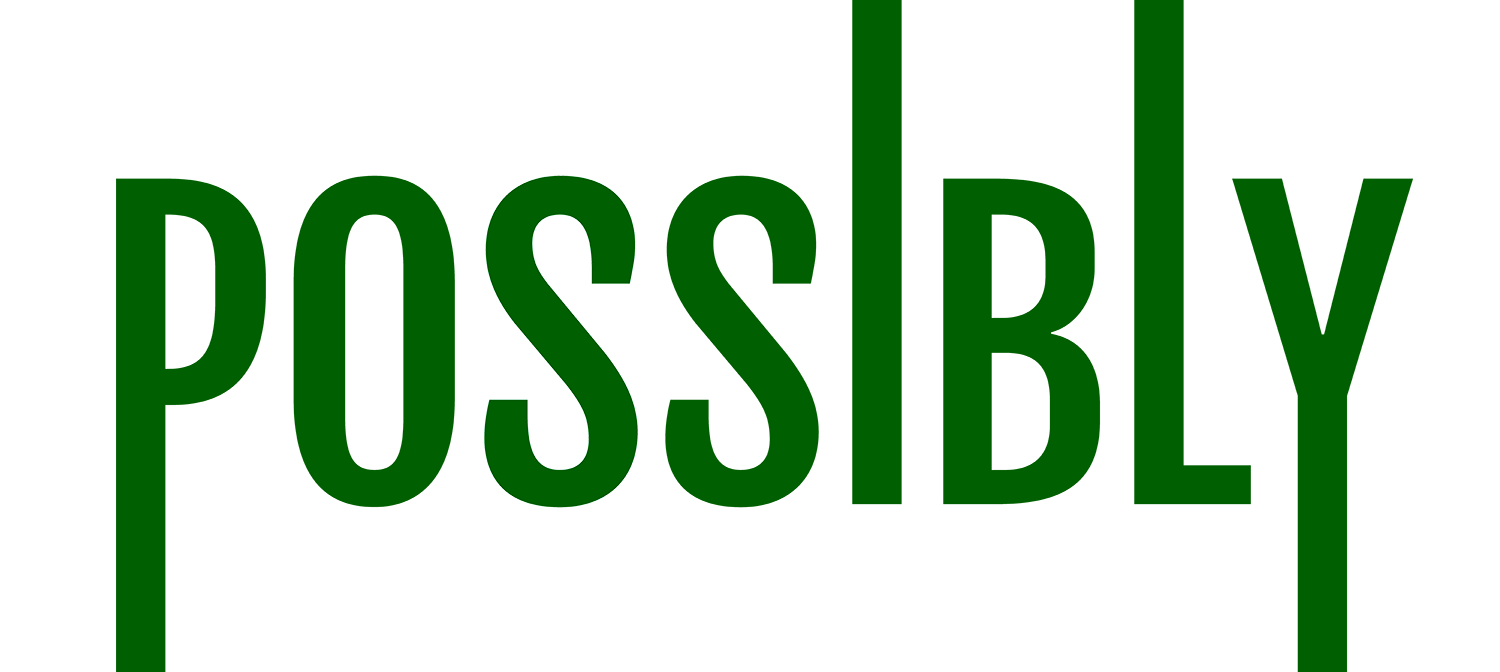
Megan Hall: Welcome to Possibly, where we take on huge problems like the future of our planet and break them down into small questions with unexpected answers. I’m Megan Hall.
Last summer, I got a letter in the mail, welcoming me to the Providence Community Electricity Program.
If you live in Rhode Island, there’s a decent chance you got some version of this letter, too. That’s because last year, seven towns in Rhode Island launched brand new energy programs, called community choice aggregation.
We had Cameron Leo and Juliana Merullo from our Possibly Team look into the program to figure out how it works and what it means for Rhode Islanders.
Cameron Leo: Hey, Megan!
Juliana Merullo: Hiya!
Megan Hall: So, what is community choice aggregation? And what makes it different from the way I got my energy before?
Cameron Leo: The first thing to know is that Rhode Island has a deregulated energy grid.
Juliana Merullo: That means that even though Rhode Island Energy distributes all of the electricity across the state, residents can choose to get their energy from an outside company.
Megan Hall: So if I wanted to, I could opt out of Rhode Island Energy and get my electricity from somewhere else?
Cameron Leo: You could! But most people don’t choose to find a new provider on their own, because it’s a complicated process.
Juliana Merullo: This is where community choice aggregation, or CCAs, come in. Under these programs, towns can shop around for an outside energy supplier on behalf of all of their residents.
Cameron Leo: To learn more, we talked to Emily Koo, who was Providence’s Director of Sustainability when the city started developing this program. She says community aggregation has two main goals: lower prices, and more renewable energy.
Emily Koo: In contrast, an investor-owned utility, also has its own bottom line and fiduciary obligations to consider.
Megan Hall: Let’s start with the lower cost part of this. How does community aggregation cut my utility bill?
Juliana Merullo: Under community aggregation programs, towns purchase electricity for their residents in bulk.
Megan Hall: When you say “purchase in bulk,” my mind immediately goes to big-box stores like Costco.
Cameron Leo: And that’s actually a pretty great comparison! In the same way that you land a better deal when you buy big packages at those stores, towns with community aggregation programs aim to get lower costs by pooling together everyone’s electricity needs.
Megan Hall: Okay, so, bottom line – how much money am I actually saving through this program?
Juliana Merullo: So far, it’s varied by the season. Last summer, the program was 1 cent per kilowatt hour cheaper than Rhode Island Energy. That’s a 10% discount!
Cameron Leo: But this winter there’s been less of a difference. The CCA’s current rate is only one tenth of a cent cheaper per kilowatt hour than Rhode Island Energy, which isn’t much.
Megan Hall: Ok, so I’m likely to save, but not a lot. So, remind me why this is exciting?
Juliana Merullo: With community aggregation, towns can choose to select energy suppliers that will use more renewable sources, like wind and solar.
Cameron Leo: In Rhode Island, towns with the aggregation program are set to increase their renewable energy by 22 percent.
Megan Hall: That’s pretty good!
Juliana Merullo: It is! And nearly all of this new renewable energy is from sources in New England, which could help incentivize more renewables to come onto our local grid.
Megan Hall: So, everyone who got a letter, was automatically signed up for this program, but I saw that I also have the option to “opt up” and increase my renewable mix.
Cameron Leo: That’s right. You can do that by heading to your town’s Community Electricity website and filling out a quick form. It costs a bit more, but you can choose an electricity mix that’s 50 or even 100 percent renewable.
Megan Hall: So—what’s the catch? Are there any downsides to the program?
Juliana Merullo: Not really! But since the program is new, just how effective it is remains to be seen.
Cameron Leo: Still, it’s probably a step in the right direction to lower customer costs and drive more renewables onto the grid.
Megan Hall: Thanks, Cameron and Juliana! And thank you to Ella Spungen for helping with research for this episode.
That’s it for today. For more information, or to ask a question about the way your choices affect our planet, go to thepublicsradio.org/possibly. Or subscribe to us wherever you get your podcasts.
You can also follow us on Instagram, Facebook or X at “askpossibly”
Possibly is a co-production of The Public’s Radio, Brown University’s Institute for Environment and Society, and Brown’s Climate Solutions Initiative.
The post How does Rhode Island’s new community choice aggregation program work? appeared first on TPR: The Public's Radio.
